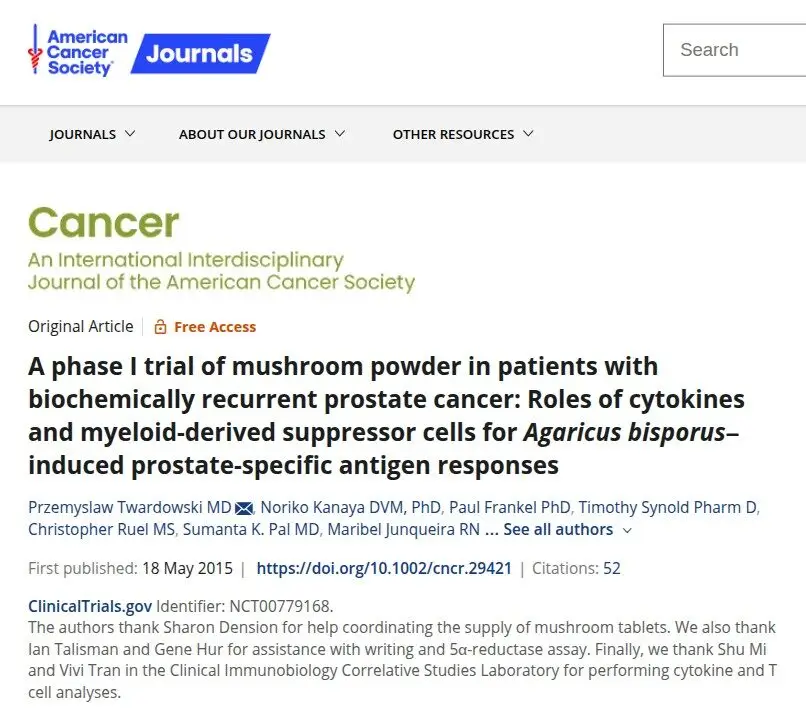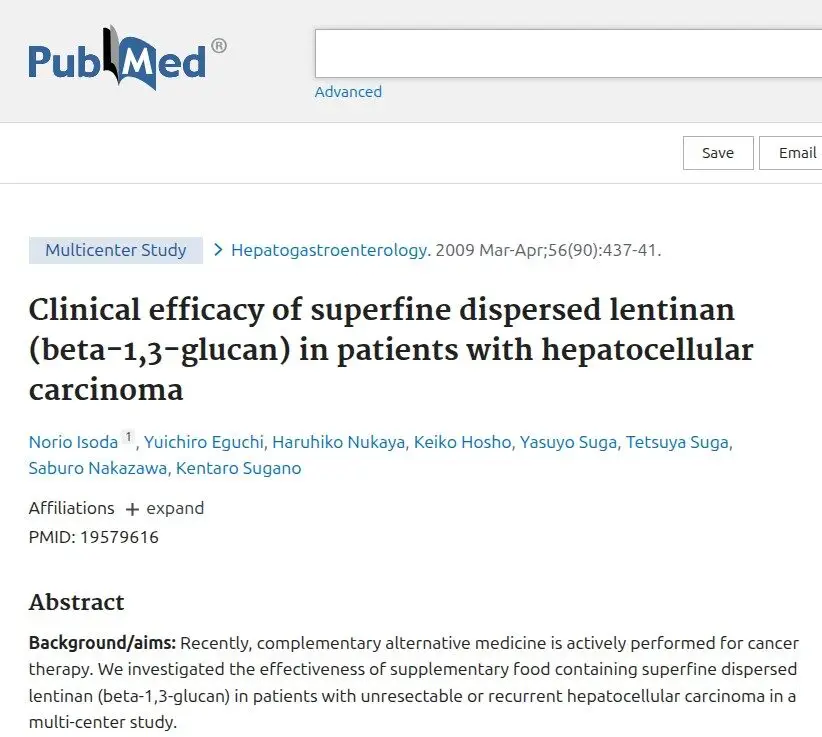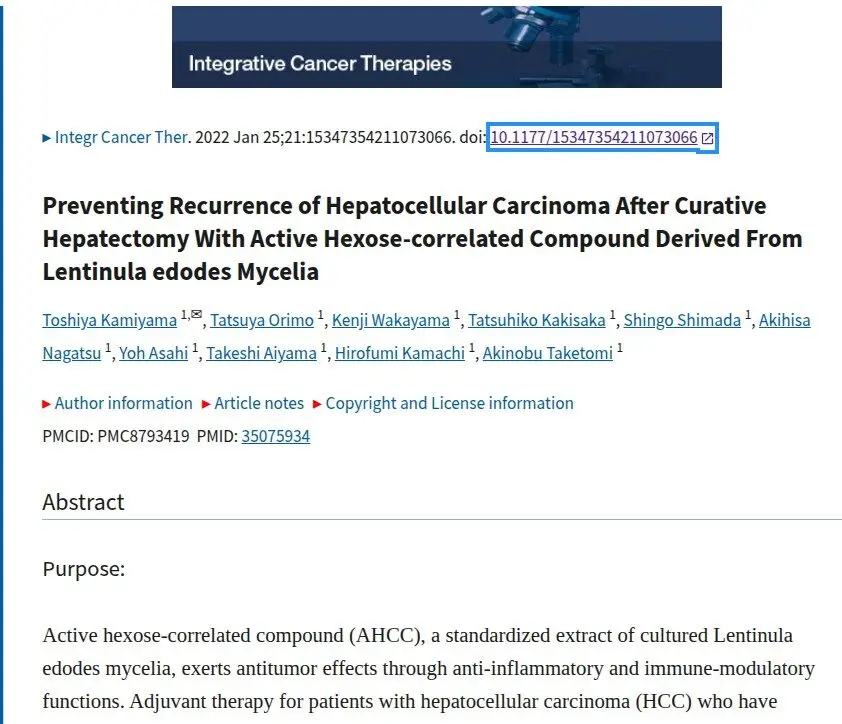Thirty-six patients were treated…PSA response rate was 11%. Two patients receiving 8 and 14 g/d [white mushroom extract] demonstrated complete response (CR): their PSA declined to undetectable levels that continued for 49 and 30 months. Two patients who received 8 and 12 g/d experienced partial response (PR). After 3 months of therapy, 13 (36%) patients experienced some PSA decrease below baseline. Patients with CR and PR demonstrated higher levels of baseline interleukin-15 than nonres...
The form creates your own page where you can describe your plan and upload details of supplements, functional foods and anything else you like to include
UPDATE an existing plan using the form below this one
ALWAYS ANONYMOUS
UPDATES : Select the name of your plan below (“select post”)
Make any changes you want including uploading new files. These will replace your earlier entries.
In case of any issue just reach out using our contact form









